From The Food and Cooking of Turkey by Ghillie Basan, a most excellent Turkish cookbook:
For those (in Turkey) who can afford it, the first small cup of kahve is enjoyed on rising, the second cup is drunk mid-morning, and a third may be drunk after a long meal. As it is more expensive, and more prestigious, than tea, coffee is not available to all on a daily basis. In some Anatolian communities, where it is reserved for special occasions, there still exists the tradition of selecting a suitable bride partially based on her ability to prepare and serve coffee, while the prospective mother-in-law and her son inspect the young girl’s beauty and grace.
The traditional cooking vessel for Turkish coffee is a cezve, a slim, deep pot, often made from tin-lined copper, with a long handle. Generally, medium-roast Arabica coffee beans are passed through a very fine grinder until almost powdery. A wide selection of suitable coffee beans are available in health food stores, supermarkets and delicatessens, but the Turkish setting on the grinding machines usually doesn’t grind the beans fine enough for the desired effect, so make sure it is passed through the grinder twice.
Most Turks drink their coffee sweet, but you can drink it sade (black), orta sekerli (medium sweet), or sekerli (sweet). There is an art to making an acceptable cup of Turkish coffee.
Making Turkish Coffee
To make the coffee, measure the water by the coffee cup (a standard, small cylindrical cup) and the coffee by the teaspoon. The general rule allows for one coffee cup of water to 5ml/1 tsp coffee and 5ml/1 tsp sugar per person.
1 Tip the water into the cezve and spoon the coffee and sugar on the top. Use a teaspoon to stir the sugar and coffee quickly into the surface of the water to give the desired froth a good kick-start.
2 Put the pan over a medium heat and using the teaspoon, gradually scrape the outer edges of the surface into the middle to create an island of froth. The key to achieving the perfect froth is always to work at the surface; never touch the bottom of the pot with the spoon.
3 Once the coffee is hot, pour about one-third of it into the coffee cup to warm it and return the pan to the heat. Continue to gather the froth into the middle and, just as the coffee begins to bubble up, take it off the heat and pour it into the cup. Leave the coffee cup to stand for one minute to let the coffee grains settle and then drink it while it is hot.

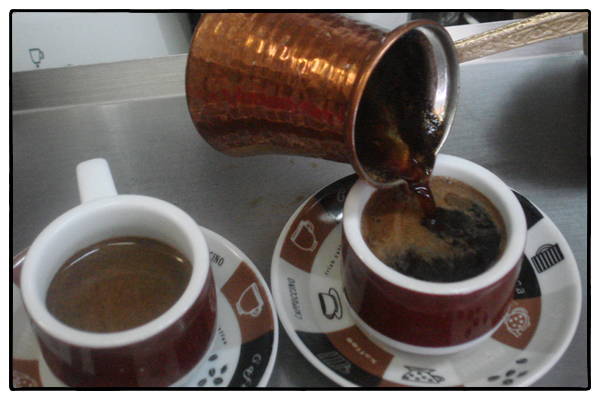
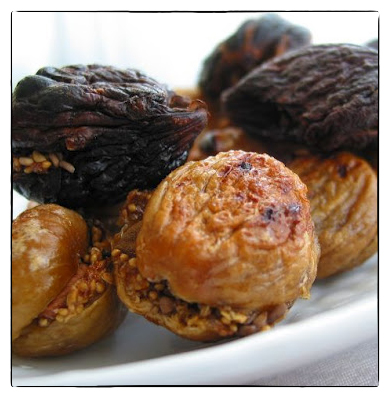
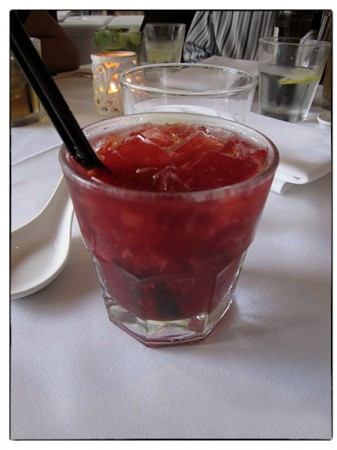
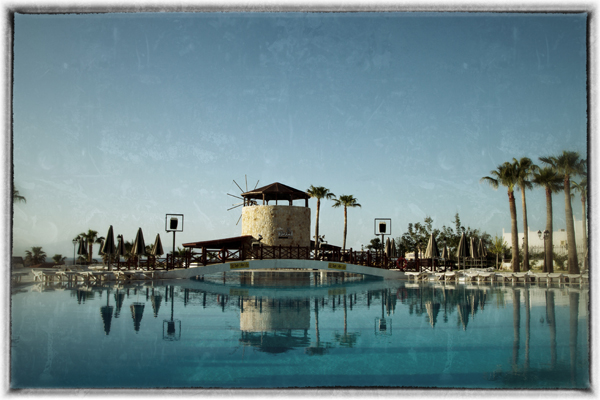
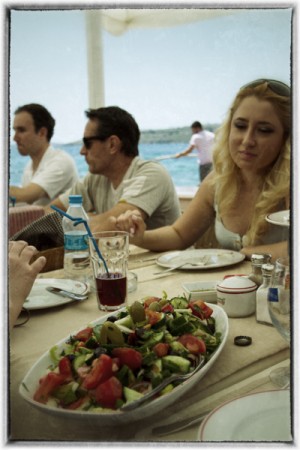
Recent Comments